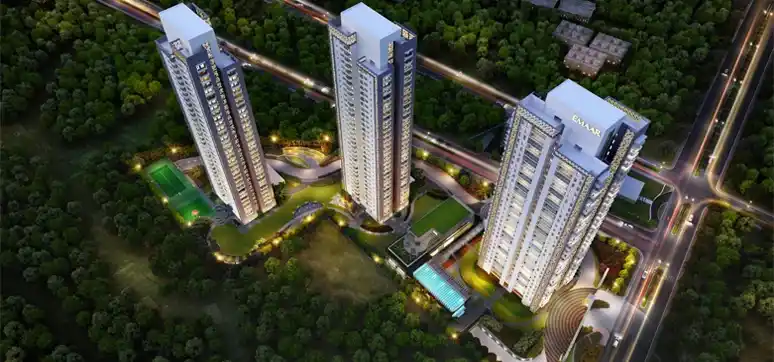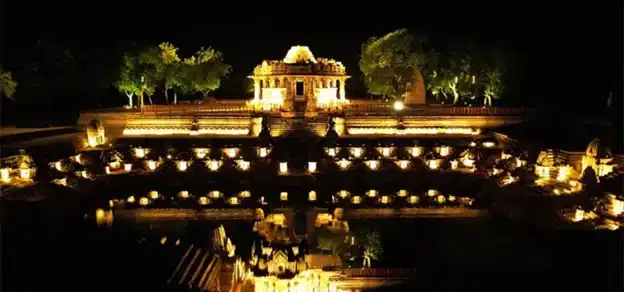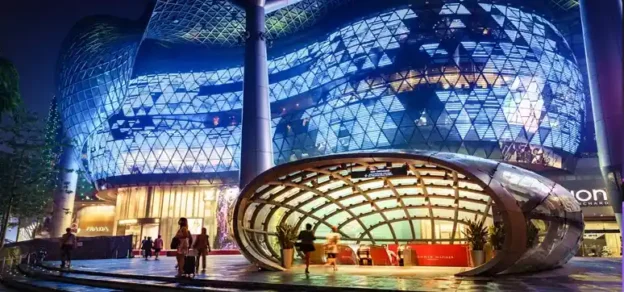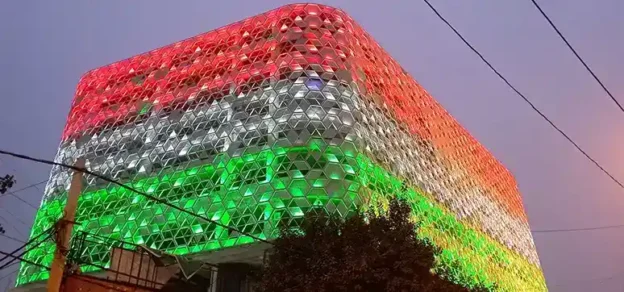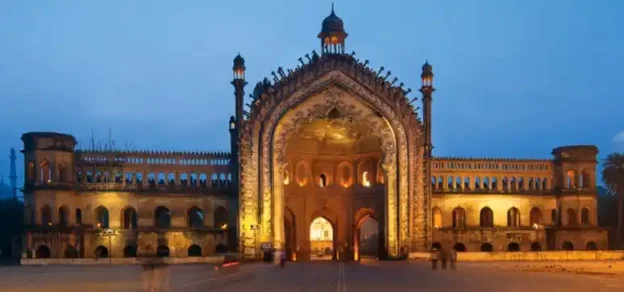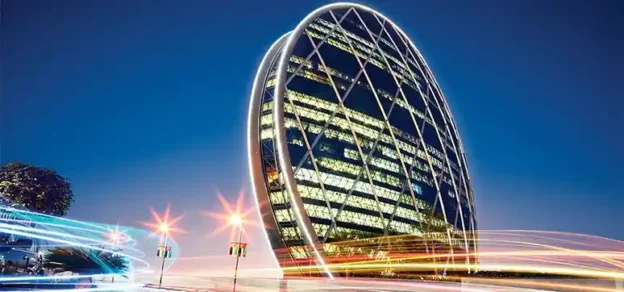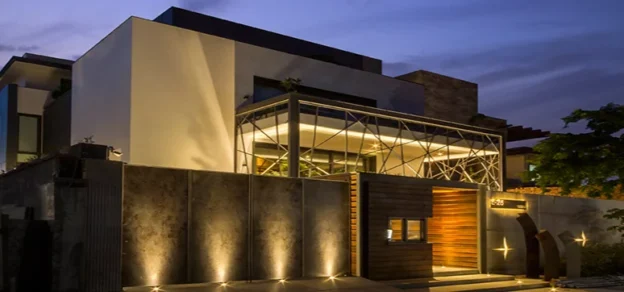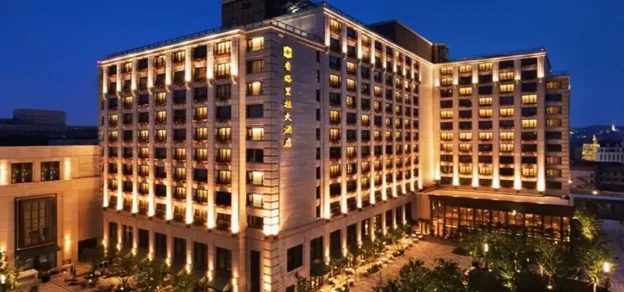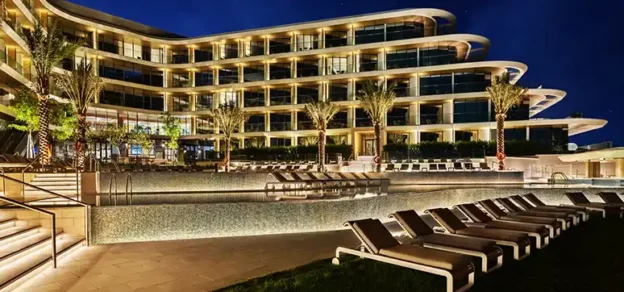Façade Design, for various building types, has evolved over the years. Along with the colour, material, texture, and detailing, lighting plays a major role in how buildings are perceived by passers-by. The skyline of an area may differ in appearance when viewed at night, compared to during the daytime.
Before we move into the discussion on the latest trends and technologies in façade lighting, we must first define what it means and entails. A ‘façade’ refers to the frontal exterior appearance of an architectural structure. It is one of the most important aspects of building design since it creates the first impression of the building in the mind of a viewer. Architectural Façade Lighting compliments the exterior of the building, enhancing its shape and appearance. The key focus is to make the spectators understand and appreciate architecture, creating an emotional value for it.

It must be understood that façade lighting not only focuses on aesthetics but also considers the functionality and sustainability aspects of design. Environmentally sustainable lighting fixtures e.g., LED, can provide the same illumination levels as a 100W incandescent bulb. Such fixtures help designers save on capital costs. Modern architecture is decorated with numerous Façade Design Strategies – ranging from materiality to forms. A façade will seem different in shape, size, and overall design when illuminated by natural and artificial lighting. As the direction of light changes throughout the day, its appearance keeps changing.
There are various types of façade designs, and understandably so, as the many numbers of Lighting Techniques to match, highlight and enhance them. With one of our latest projects in Delhi NCR, a jail screen, that is unique to the project, has been designed for Residential Towers, approximately 30 Storeys tall, to highlight their verticality and define the ‘Crown’. To amplify the look of this custom-designed Jali Screen– ‘Perforated Façade’ – we proposed LED Strip Lights, running vertically through the entirety of the Tower, that light up the evening sky and define the Tower.
For another project in Ahmedabad, Morphogenesis proposed a massive 47m by 125m tall ‘Feature Wall’ which runs across the Project, from one end to the other. This wall is cladded with Corten Steel and gives the project its identity, maintaining contextual significance to Gujarat’s rich craft and architectural heritage. Triangulated glass modules, sprinkled across the Corten Steel wall, reference the ‘Bhunga’ mirrorwork (architectural ornamentation from Kutch). These glass modules have a dichroic finish that catches the sun’s movement throughout the day, rendering the façade with perpetual dynamism. A reflection pool is located adjacent to the wall that captures this colourful vigour on the ground plane simultaneously.
In reciprocation, the water ripples also lend a shimmering effect to the dichroic glass modules during the night. The wall is illuminated by a natural light source during the day and with a light fixture, located at a certain distance in the evening. Most architects use façade lighting to add contrast or accentuate the building and make it the center of attraction.
Some of the most common façade lighting techniques include:
- Solid Façade – lighting for smooth surfaces with little or no texture, enormous in size and span. Lighting helps define this canvas with patterns and textures.
- Vertically Divided Façade – up-lights and down-lights are used to increase and augment the Façade.
- Horizontally Divided Façade – horizontally larger façade tend to cast shadows of architectural features on themselves, façade Lighting is utilised to reduce these shadows.
- Perforated Façade – provides ample opportunities for creativity.

Along with the strategies mentioned above, there are other techniques like Direct View, Grazing, Washing, Accentuating, and Flooding, that are used across architecture projects today. These techniques differ from each other in terms of the location and distance of the Lighting Fixtures from the ‘subject’ wall/facade that is to be illuminated.
Façade lighting design involves two key approaches, not necessarily in that order – What to Light? How to Light? It needs a focused and sensitive approach. With some experimentation and practice, Façade Lighting can generate pleasing & exciting night-time environments across an urban canvas. Keep in mind that architectural facade lighting can have a mix of different lighting techniques. What one must take care of is that the lighting should not drown the building, it should rather enhance what’s already there.
